In an era where technological advancements have become integral to daily life, the prospect of higher prices for tech products is a significant concern for consumers. The recent tariff announcements by President Donald Trump have cast a long shadow over the tech industry, with potential price hikes for everyday gadgets like iPhones, laptops, and even smaller items such as headphones and computer mice. This development is particularly alarming given that tech products have become essential tools for both personal and professional use.
Apple, a company synonymous with innovation, finds itself at the forefront of this tariff-induced price surge. With a significant portion of its supply chain based in China, Apple is particularly vulnerable to the new tariffs. The White House has clarified that products and materials from China now face a tariff of at least 145%, a move that is expected to drive up costs. This escalation in the ongoing trade war with Beijing has analysts predicting substantial price increases for Apple products, possibly within weeks or months.
Historically, Apple has managed to navigate supply chain challenges with relative success. However, the current tariff situation presents a unique challenge. The company will need to carefully manage its iPhone inventory currently stored in the US, especially since 90% of its iPhone production and assembly is based in China. If the tariffs remain in place, Apple may have to make long-term adjustments to its sourcing, manufacturing, and even product release strategies.
The timing of these price increases is uncertain and largely depends on Apple’s US iPhone inventory and consumer demand ahead of anticipated tariff price hikes. While Apple is not expected to release its next iPhone until September, prices could rise sooner if the company runs through its current stock. Analysts estimate that Apple has enough inventory to last between two to six weeks, depending on consumer demand. This means that consumers could see price increases as early as this summer.
The impact of these tariffs extends beyond Apple. The tech industry as a whole is bracing for higher costs. Analysts at UBS estimate that the base model of a $1,199 iPhone 16 Pro Max assembled in mainland China could increase by $800, or 67%, while an iPhone 16 Pro assembled in India could see just a $45 increase. These estimates factor in the newly announced 125% tariff on Chinese imports and the 90-day pause on all other “reciprocal” tariffs. Wireless carriers may also offer discounts on previous generation phones to push customers towards older devices that are already in low inventory.
The potential shift in production to the US, as suggested by some, is fraught with challenges. Building an iPhone in the US would be more expensive due to higher labor costs. Moreover, even if Apple were to shift production to the US, it would likely still source many of its components from Asian countries. This means that the cost savings from domestic production would be minimal, and consumers would still face higher prices.
The economic implications of these tariffs are far-reaching. Tariffs are known to put upward pressure on prices, as importers pass on the increased costs to consumers. This could lead to a slowdown in economic growth, as higher prices reduce consumer purchasing power. The Federal Reserve may need to adjust its policies to mitigate the impact of rising inflation. In fact, the Fed might cut interest rates more than initially planned to support the economy.
The global reaction to these tariffs has been mixed. While some countries like the UK and Japan have expressed hope for a negotiated resolution, others like the European Union have threatened retaliation. This has led to increased uncertainty in global markets, with stocks experiencing significant volatility. The S&P 500, for example, saw a sharp sell-off following the tariff announcement, although it rallied after the 90-day delay was announced.
The imposition of tariffs on foreign goods, particularly those from China, is set to reshape the tech industry and consumer markets. Apple and other tech companies will need to navigate a complex landscape of rising costs, supply chain adjustments, and potential changes in production strategies. Consumers, already grappling with the high costs of technology, may soon face even higher prices for their favorite gadgets. As the trade war continues to unfold, the tech industry and its consumers are left to brace for the inevitable financial and economic repercussions.
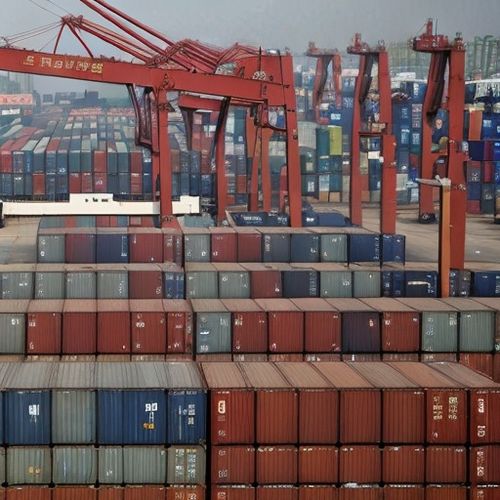
By Samuel Cooper/Apr 14, 2025

By Michael Brown/Apr 14, 2025
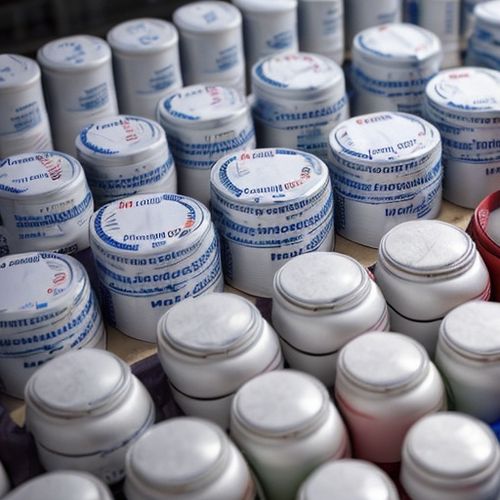
By Emma Thompson/Apr 14, 2025

By David Anderson/Apr 14, 2025
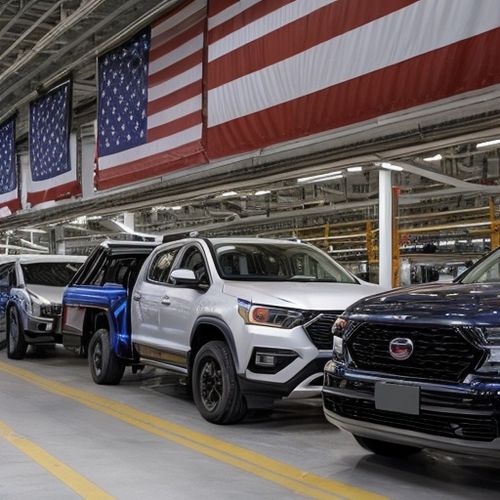
By Megan Clark/Apr 14, 2025
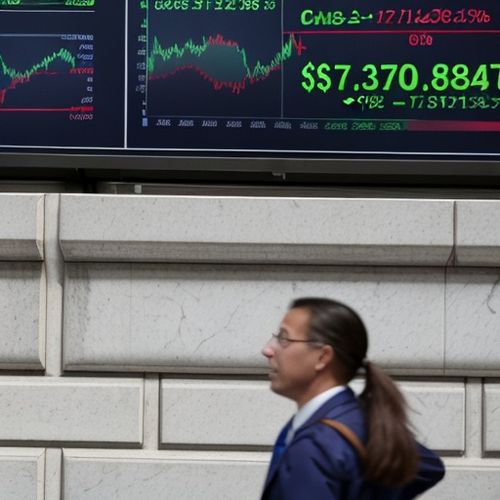
By Emma Thompson/Apr 14, 2025

By Thomas Roberts/Apr 14, 2025
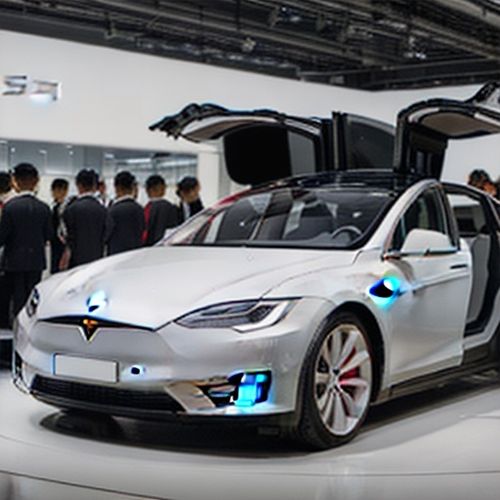
By Rebecca Stewart/Apr 14, 2025

By Natalie Campbell/Apr 14, 2025

By Laura Wilson/Apr 14, 2025

By Ryan Martin/Apr 14, 2025
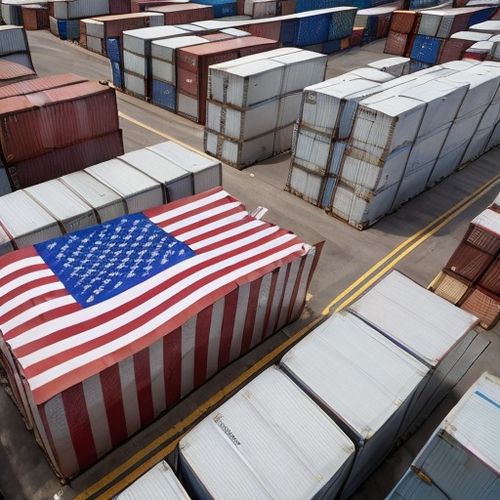
By Elizabeth Taylor/Apr 14, 2025
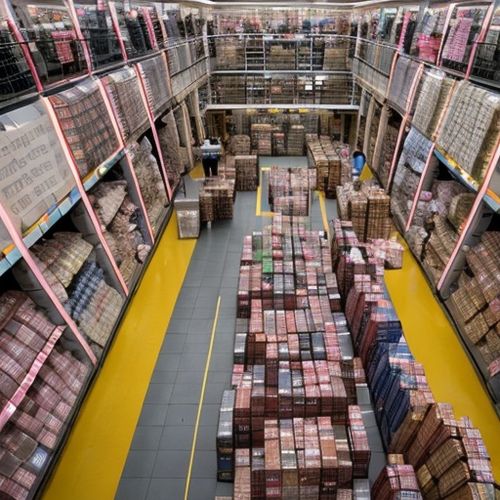
By Laura Wilson/Apr 14, 2025

By Sophia Lewis/Apr 14, 2025
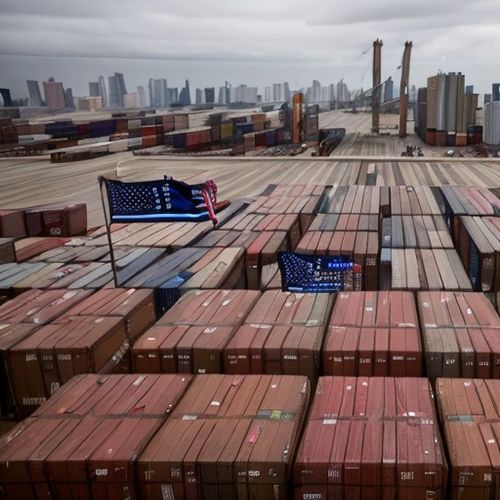
By Laura Wilson/Apr 14, 2025

By Elizabeth Taylor/Apr 14, 2025

By Amanda Phillips/Apr 14, 2025
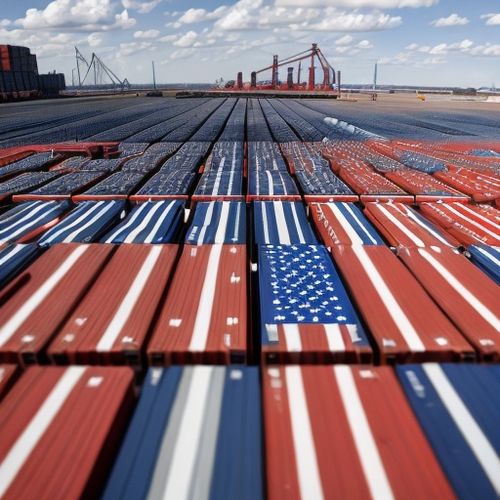
By Sarah Davis/Apr 14, 2025
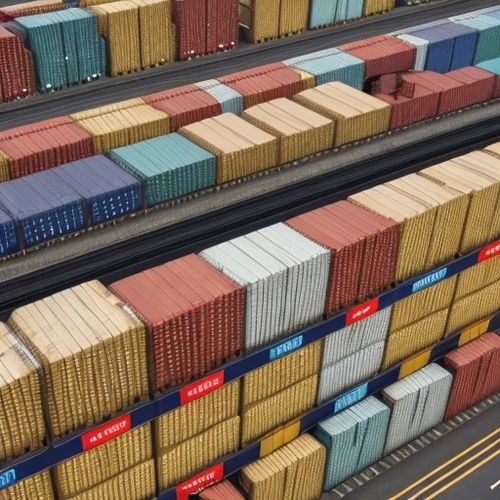
By Samuel Cooper/Apr 14, 2025